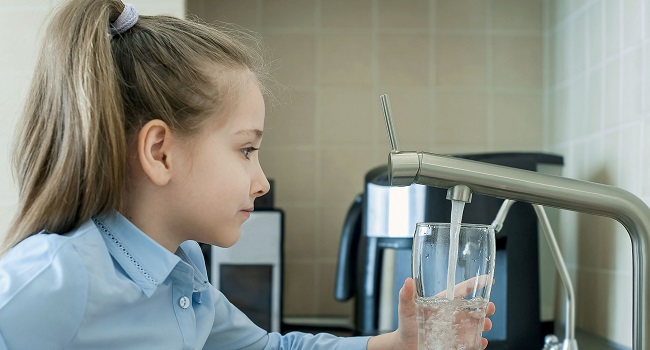The plumbing system in your home plays a crucial role in supplying your home with water. However, the water in your system is susceptible to contamination, which could make you question the quality of your water. Drinking contaminated water can put your household at risk for various health issues, such as diarrhea and vomiting.
Fortunately, there are several solutions that can help improve the overall quality of your water supply. For example, setting up a water filtration system, adding a water softener, or upgrading old plumbing pipes may be helpful projects to level up the plumbing system in your home. Besides these, there are many other options to choose from.
So, if you want to improve the water quality in your home, here are several plumbing upgrades and projects to keep in mind.
• Invest In A Water Softener
If the water supply in your home contains high levels of minerals, consider investing in a water softener. Although a water descaler can help deal with the buildup of minerals or scale in the plumbing, a water softener may be a long-term preventive option.
A water softener eliminates iron, calcium, and magnesium from the water supply. Once these minerals are gone, you’ll enjoy safe and better-tasting water while at the same time prolonging the lifespan of appliances that utilize water regularly.
A water softener can provide several benefits. First of all, by knowing how long do water softeners last, there’s no question that they can serve their purpose for a long time. Another benefit it gives is it helps prevent the accumulation of minerals or scale in the interior of the pipes, water heater, and fixtures. It also aids in prolonging the life span of appliances, minimizing mineral marks on glassware, and preventing soap residue in bathtubs or sinks.
• Install A Water Filtration System
Another effective way to improve the water quality in your home is by installing a water filtration system. Today, you’ll find a wide array of filtration systems to choose from. If you want the best results, hire a licensed plumber to tackle the job efficiently.
As part of maintenance for the water filters, make it a priority to change the filters regularly. Doing so prevents the buildup of harmful metals and bacteria over time. Failure to replace the filters regularly will cause the filtration system to clog up, diminishing its performance in filtering harmful particles from the water supply.
There are several water filters to choose from, so make sure you’ll choose the best one for your household’s needs. You can choose from a single-stage filter or a reverse osmosis filter. A single-stage filter is installed at the kitchen sink, removing sediment, dirt, and contaminants. A reverse osmosis filter utilizes carbon filters and membranes to filter out almost all contaminants. Depending on the brand, a unit is mounted within the plumbing system and comes with a separate tap.
• Replace Aging Or Damaged Pipes
When rust starts to form on your galvanized pipes, it’s likely to lead to premature wear and damage to your appliances. Therefore, routinely inspect the dishwasher for signs of corrosion. If you find one, it’s a clear sign to upgrade your aging pipes. Although having corroded pipes will not impact your drinking water, it becomes an issue with the hot water supply. Sadly, you may face issues while showering, bathing, and using the dishwasher and washing machine.
Once you decide to upgrade the plumbing pipes in your home, choose copper or high-quality polyvinyl chloride (PVC) as a replacement. Consult a licensed plumber to know the overall costs for both types of pipes.
If you’re planning a home renovation project soon, whether it’s remodeling the kitchen or bathroom, always check with an expert first. Determine if an upgrade is necessary to avoid issues with rust formation. Consider upgrading the current pipes before rust forms to prevent undesirable rust stains on your dishes and clothes.
• Install A Faucet Aerator
A faucet aerator functions as a sieve at the end of a faucet that you can easily screw in place. It serves as the last line of defense in preventing contaminants and particles from flowing together with the tap water. Make sure to replace the faucet aerator regularly. The reason for the replacement is the buildup of contaminants can affect the flow, quality, taste, and pressure of the water.

Final Thoughts
The water quality in your home is an integral part of your daily life. Thus, it is important to always have clean and safe water. If you want to improve and maintain your home’s water quality, these plumbing upgrades are worth investing in.




























